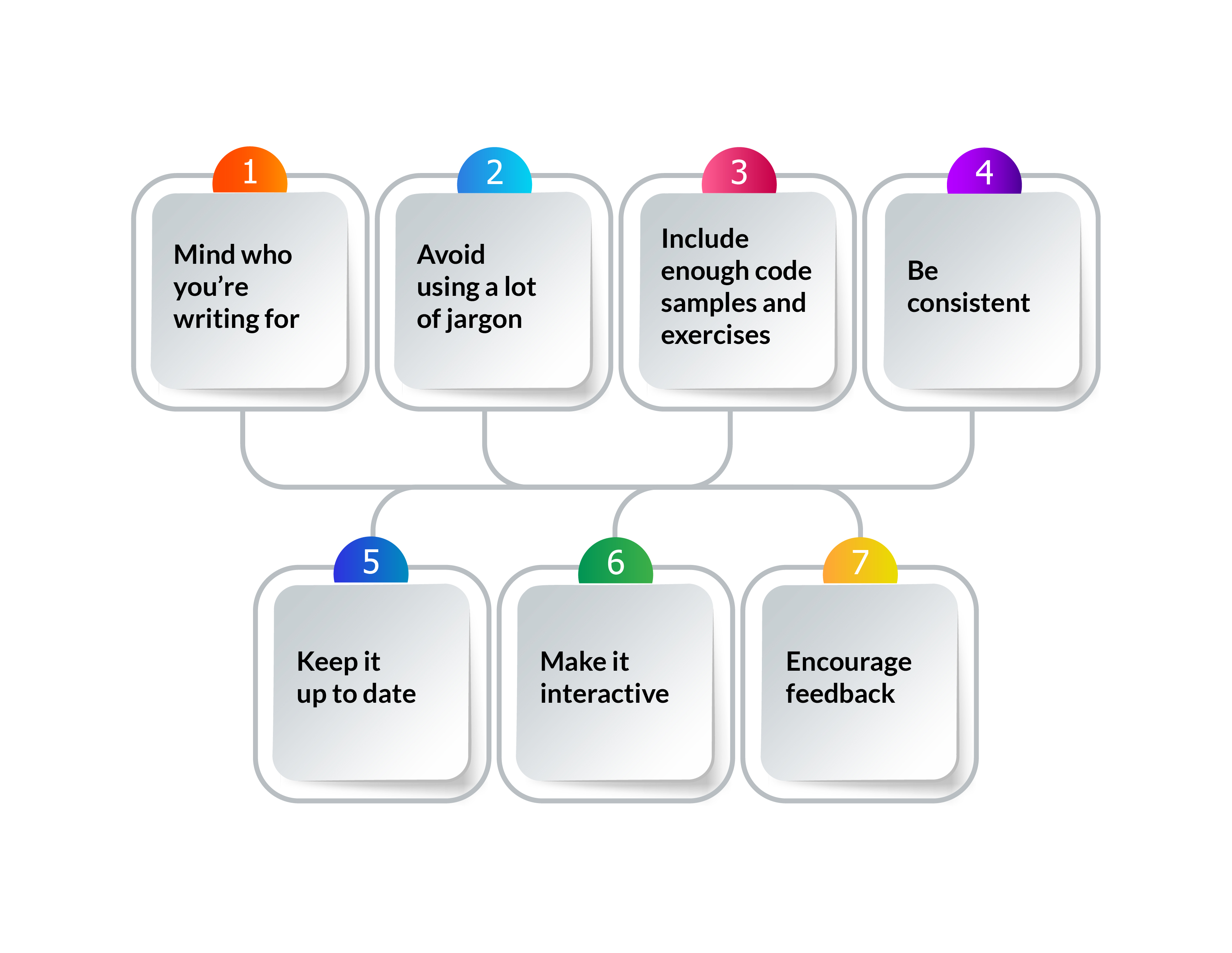API documentation is an essential part of a great user and developer experience. It is designed to instruct users on how to use and integrate with an API efficiently. And it’s impossible to have a good API without good documentation. Why? Because no matter how great your API is, it won’t be of any value for customers if they don’t know how to use it. The same happens when you give a little kid a spoon - if not taught, he just won’t know what to do with it!
So here comes Swagger, a great open-source framework for API documentation that will make your life easier. It helps you deal with the lack of a clear understanding of the API documentation among your customers. Let’s just say, it’s easier to rely on interactive documentation than on the one in a form of a PDF or a manually-updated page. With its tools, Swagger will modernize your API documentation, make it interactive and easily understandable for users. In short, Swagger will make your documentation good. Of course, to make the most out of Swagger, here are some best practices that will help you make your API documentation worth using.
Swagger API documentation best practices
Well-written API documentation guides should answer the developers’ “how” and “why” questions in addition to “what”. Let’s take a look at the best practices of Swagger documentation to make sure that yours will have all the essentials.

- Mind who you’re writing for. Don’t forget that you’re writing API documentation for humans, not machines, so make it easy and enjoyable to work with;
- Avoid using a lot of jargon. Developers aren’t the only ones who are going to use your APIs and therefore your API documentation. Not everybody can understand highly technical terms. Keep it simple, but if there is a serious need for some specific jargon, add a link to documentation explaining that word or phrase;
- Include enough code samples and exercises. Make sure that users understand your APIs properly by adding enough examples and letting people try the code in various exercises with feedback on whether they’re on the right track or not. Practice makes perfect! Besides, people definitely won’t be satisfied with an abundant explanation and just few code examples;
- Be consistent. Maintain consistency throughout your API documentation to avoid unnecessary confusions;
- Keep it up to date. It’s very important and often causes mix-ups! If you make any changes to your API, don’t forget to implement them into your documentation as well;
- Make it interactive. Well, this will be a simple task if you’re using Swagger for API documentation. Interactive information is perceived better than a PDF or just a webpage;
- Encourage feedback. By getting the feedback you’ll get a chance to improve your work greatly and attract new clients.
Implementing these practices into your API documentation will make it an effective tool to spread the growth and maturity of your APIs. Swagger will make it all easier for you. Click here to have our experienced developers tell you about how Swagger can improve your API documentation.
Crucial components of a good documentation
Good API documentation should consist of certain important components. Here’s what you’ll need:
Authentication
Authentication is the first thing your customer will see when using an API. Therefore, make sure to get it right. Here you need to include information about how to run authentication schemes to begin using your API. Double-check whether you have this section well-documented and if it clearly explains how to access credentials.
Terms of use
This section is considered a legal agreement between you and your user. It tells users about how to properly use your services. Terms of Use should include branding guidelines, API limits, and constraints, as well as information about what API usage is permitted. Check out Spotify’s API terms of use as an example.
Changelog
This section tells users about how stable your API is. Changelog should include API versions, detail updates, and information about how that can influence API users. Here’s an example in Facebook Changelog.
Error messages
Error messages section is dedicated to informing users when they use your API services in the wrong way. Point out your error standards and don’t forget to add solutions to the mentioned problems. If you provide users here with thorough explanations, they will less likely be frustrated when an error occurs. What’s more, this section contributes a lot to the usefulness of your APIs. Take a look at how Mailchimp arranged this section.
API Resources
It is a core element of your API documentation. An API resources section should include a list of all the resources your API displays and an explanation about how they can be integrated. You can also add some extra resources, like Getting Started Guide (well-prepared information about how to begin working with your API quickly and efficiently), Interactive Console (immediate testing of the consumed information), or SDKs and Libraries (which are good for engaging with the developer community and let developers access various resources fast). Swagger Codegen is a good tool for creating SDKs precisely from your API documentation.
How good API documentation impacts your business
Having a well-written properly sectioned API documentation brings out quite a good advantage for you: your API will be more useful to customers, and therefore, more popular, which will help you get ahead of your competitors. Of course, writing API documentation isn’t a piece of cake, and doing it properly is even harder. Yet, our team of experts skillfully handles this job, using Swagger as a helping tool. Feel free to ask an expert if you need to get API documentation done or proofread yours. Moreover, when we develop your APIs, you don’t have to waste your time worrying about possible setbacks in writing the documentation. We’ll do it all for you, giving you time to focus on other important matters out there.
